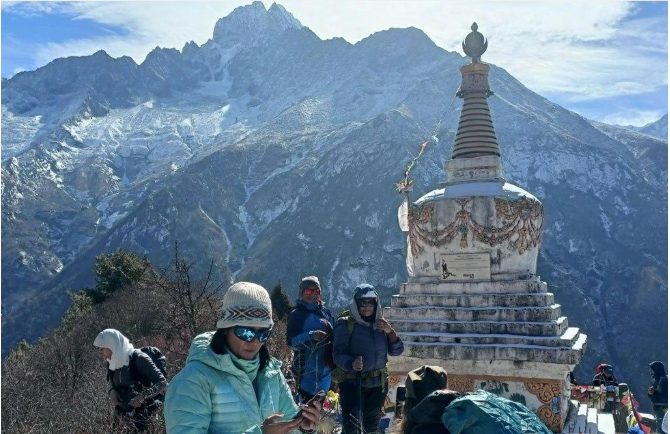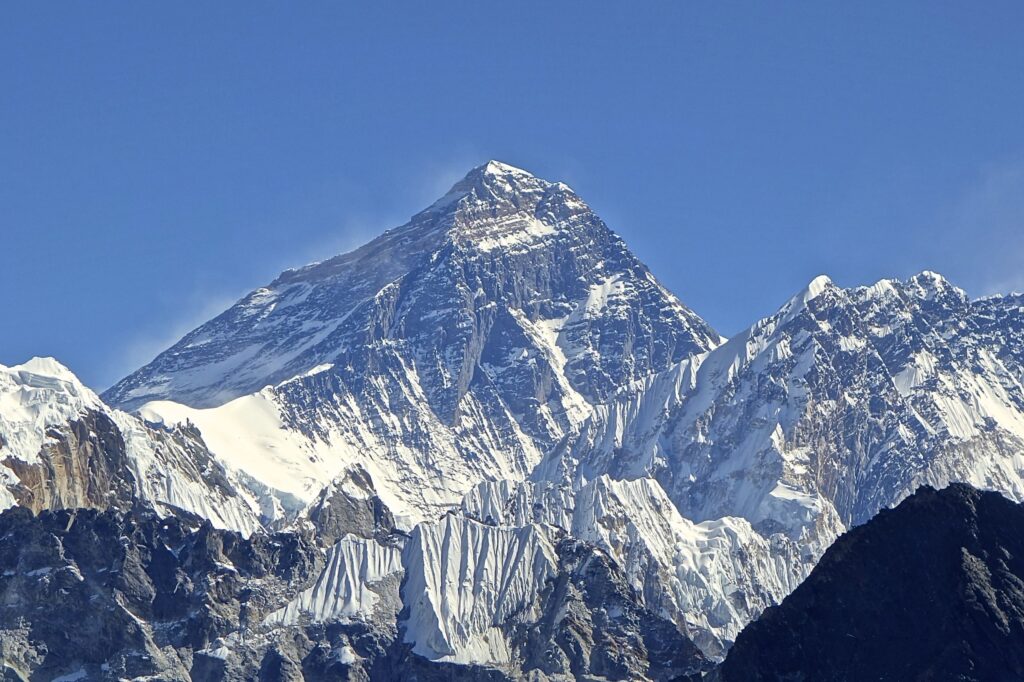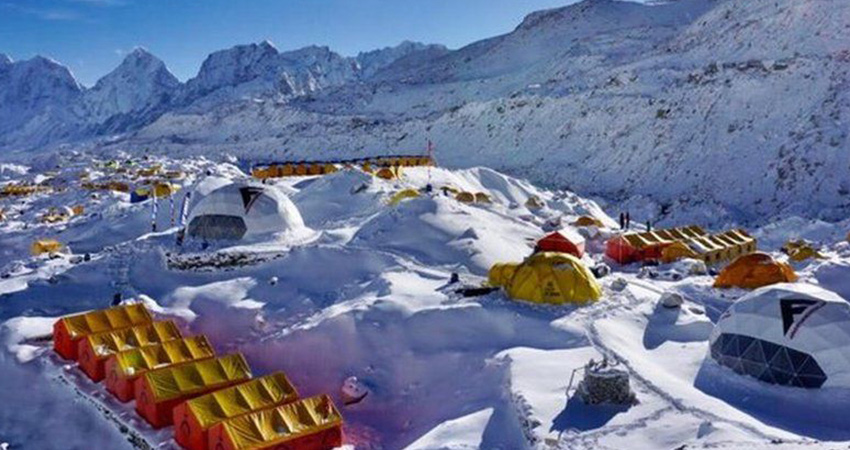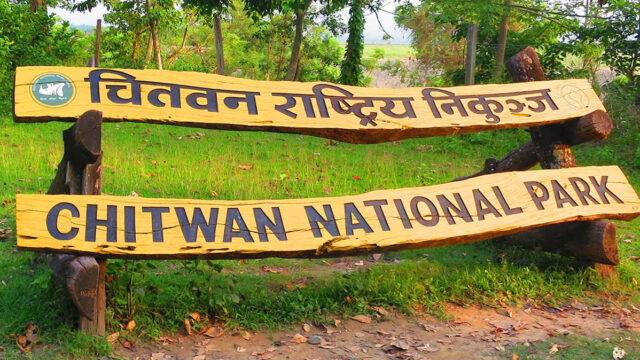Recently, the world-renowned mountaineer, Kami Rita Sherpa, posted a video on social media from the Everest Base Camp, showcasing the vibrant and well-decorated tents that have become a common sight at this iconic location. The colorful tents and their decorations give the base camp a festive atmosphere, and with climbers from around the world flocking to Everest, the camp has taken on a lively, village-like feel. The base camp is now not only the starting point for Mount Everest expeditions but also a testament to the growing trend of adventure tourism in Nepal.
Kami Rita, who has broken his own record by summiting Everest 30 times, is now heading towards his 31st summit. He mentioned that the camp, which stands at 5,364 meters above sea level, is buzzing with life and excitement, especially during the spring season when a large number of climbers are preparing to ascend the world’s tallest mountain. According to Lhakpa Sherpa, a mountaineer at Everest Base Camp, the area feels like a “small world” where people from all corners of the globe converge. The atmosphere is festive, and everyone is in high spirits.

The base camp itself is becoming more than just a rest stop for climbers. With over 500 tents set up for climbers, helpers, cooks, and porters, the area now includes amenities such as a laundry service, cafes, and even bars. These new additions provide a sense of comfort to the climbers who are preparing for their arduous journey to the summit. Over 1,300 people are currently at the base camp, including climbers, support staff, and kitchen helpers.
Lhakpa Sherpa, managing director of Atke Expeditions, explained that various companies have decorated the camp with vibrant, eye-catching tents to provide a better experience for climbers. This lively environment is attracting a growing number of visitors, further increasing the appeal of Everest and Nepal’s adventure tourism industry on the global stage.

The spring season is considered the ideal time for summiting Mount Everest, and as more and more climbers arrive in Nepal for this purpose, the base camp becomes a melting pot of cultures, languages, and experiences. The sight of climbers and trekkers, all wearing their expedition gear and preparing for the challenging journey, adds to the excitement of the area. Mingma Sherpa, president of Seven Summit Treks, shared that the growing number of climbers has created a unique ambiance at the base camp, which draws attention from around the world. This influx of climbers is also helping to promote Nepal’s adventure tourism industry globally.
One of the key features of the current season is the construction of pathways to higher camps. The route from the base camp to the third camp has already been cleared, with the Sherpa teams working tirelessly to ensure that the way to the summit is well-prepared. The weather has been favorable, allowing Sherpa teams to extend the path above the third camp. The Sagarmatha Pollution Control Committee (SPCC) has already cleared the path from the base camp to the second camp, and in the coming week, the route to the summit will be fully prepared with fixed ropes. The Department of Tourism estimates that climbers will be able to begin their ascent soon after the final preparation.

The department has set up a field office at the base camp to help manage the influx of climbers and ensure a safe and organized climbing season. According to tourism department officials, the Everest region has already seen a significant number of climbers arrive, with permits granted for more than 400 climbers from 53 different countries. This number is expected to rise as the season progresses. Among these climbers, 74 are women, further highlighting the growing inclusivity of the Everest climbing community.
As of the latest data, over NPR 684 million in royalties have been collected from mountaineering permits for Everest, a significant boost to Nepal’s tourism revenue. With the increasing number of climbers, this amount is expected to grow. The growing interest in Everest, fueled by the influx of climbers and the increasing amenities at the base camp, is helping raise the profile of Nepal’s adventure tourism sector globally.

The Everest climbing season is not just about summiting the mountain but also about pushing boundaries and setting new records. This year, Tashi Gyalzen Sherpa from Solukhumbu aims to set a new record by climbing Everest four times in just 20 days. This ambitious attempt highlights the competitive and record-breaking spirit that has become a hallmark of the Everest climbing community. In total, more than 8,000 climbers, both domestic and international, have reached the summit of Everest.
As the season progresses, more records are expected to be broken, and the mountain continues to draw adventurers from all over the world. As Nepal prepares for another busy Everest season, the country’s adventure tourism sector is poised to receive significant attention. The growing number of climbers, the vibrant base camp atmosphere, and the rise of Nepal as a premier adventure tourism destination are helping solidify the nation’s place on the global map of mountaineering.






